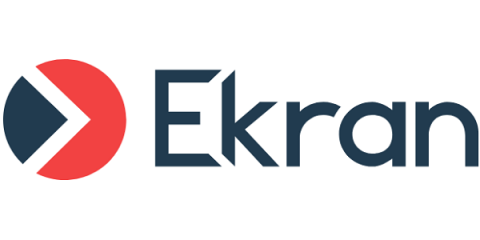Moving Beyond Fear, Uncertainty, and Doubt (FUD): 3 Ways to Strengthen Your Cybersecurity Today
Fear, uncertainty, and doubt (FUD) is no longer just another fancy blockchain-related term used to influence the public’s and investors’ opinions. This concept thrives in many fields, turning our attention to the problems of data, system, and operational security. In this article, we discuss the FUD meaning in cybersecurity and how this concept works.


